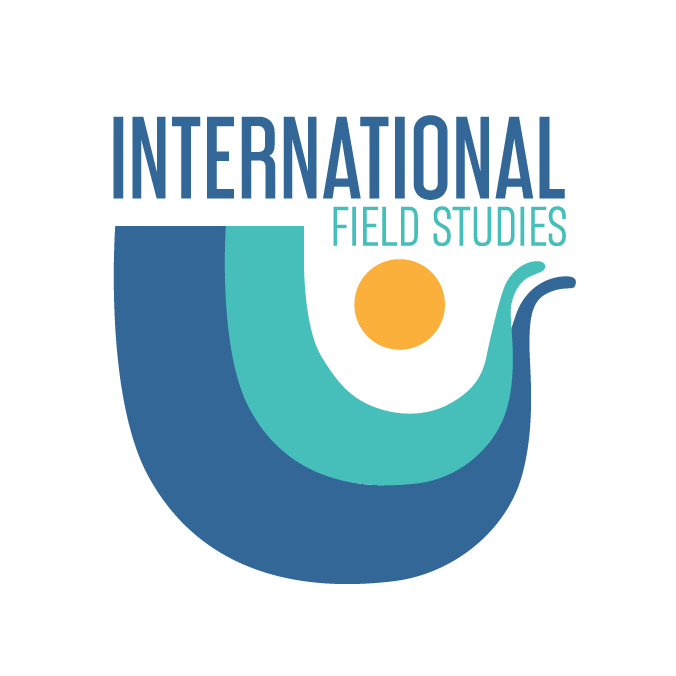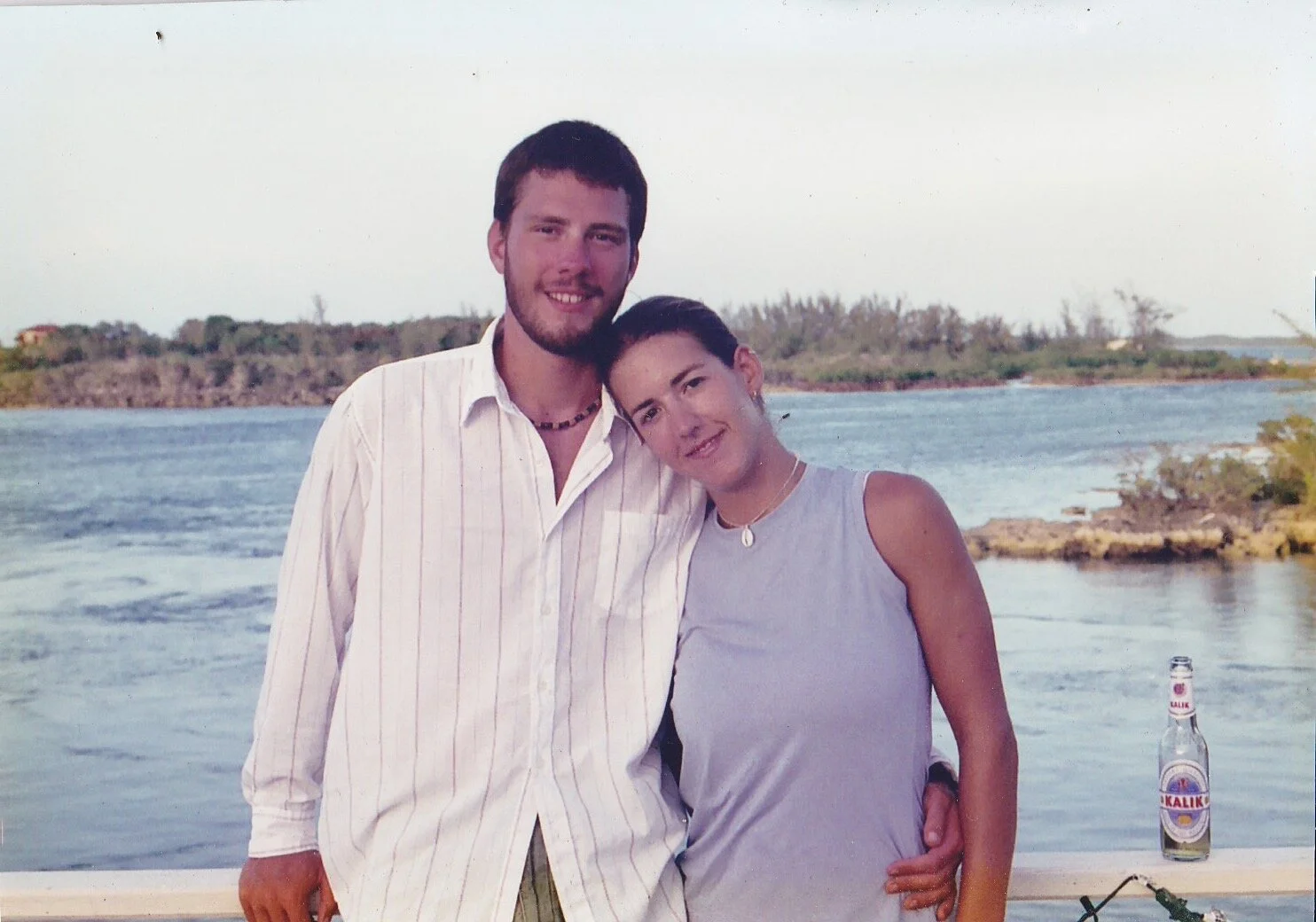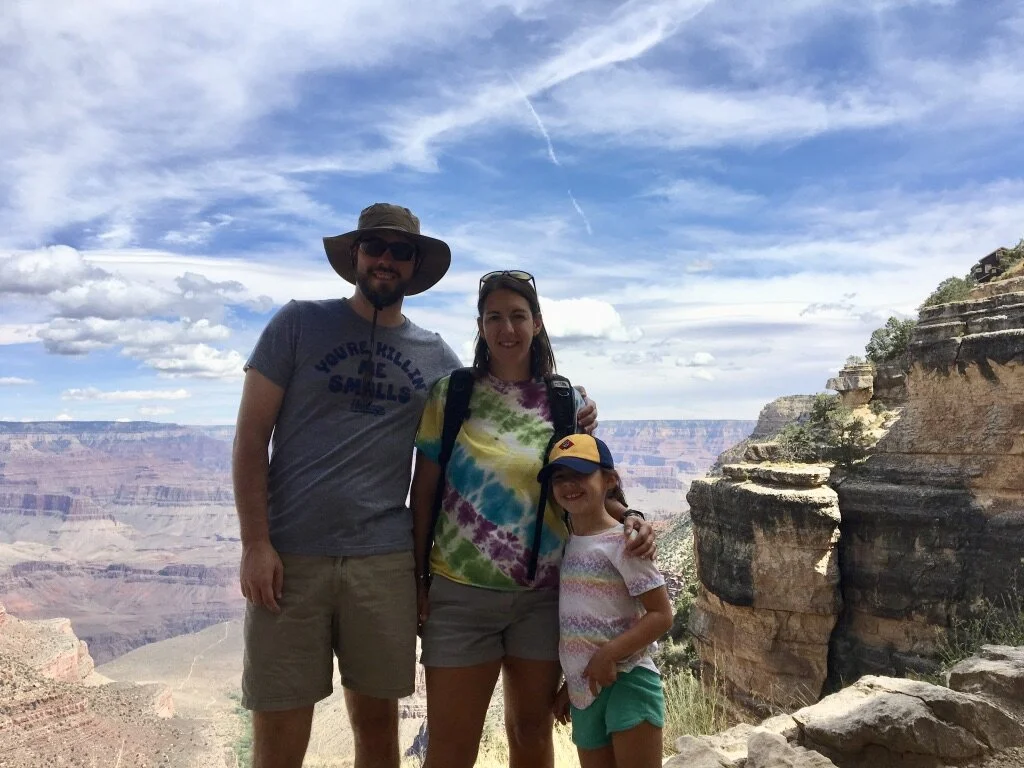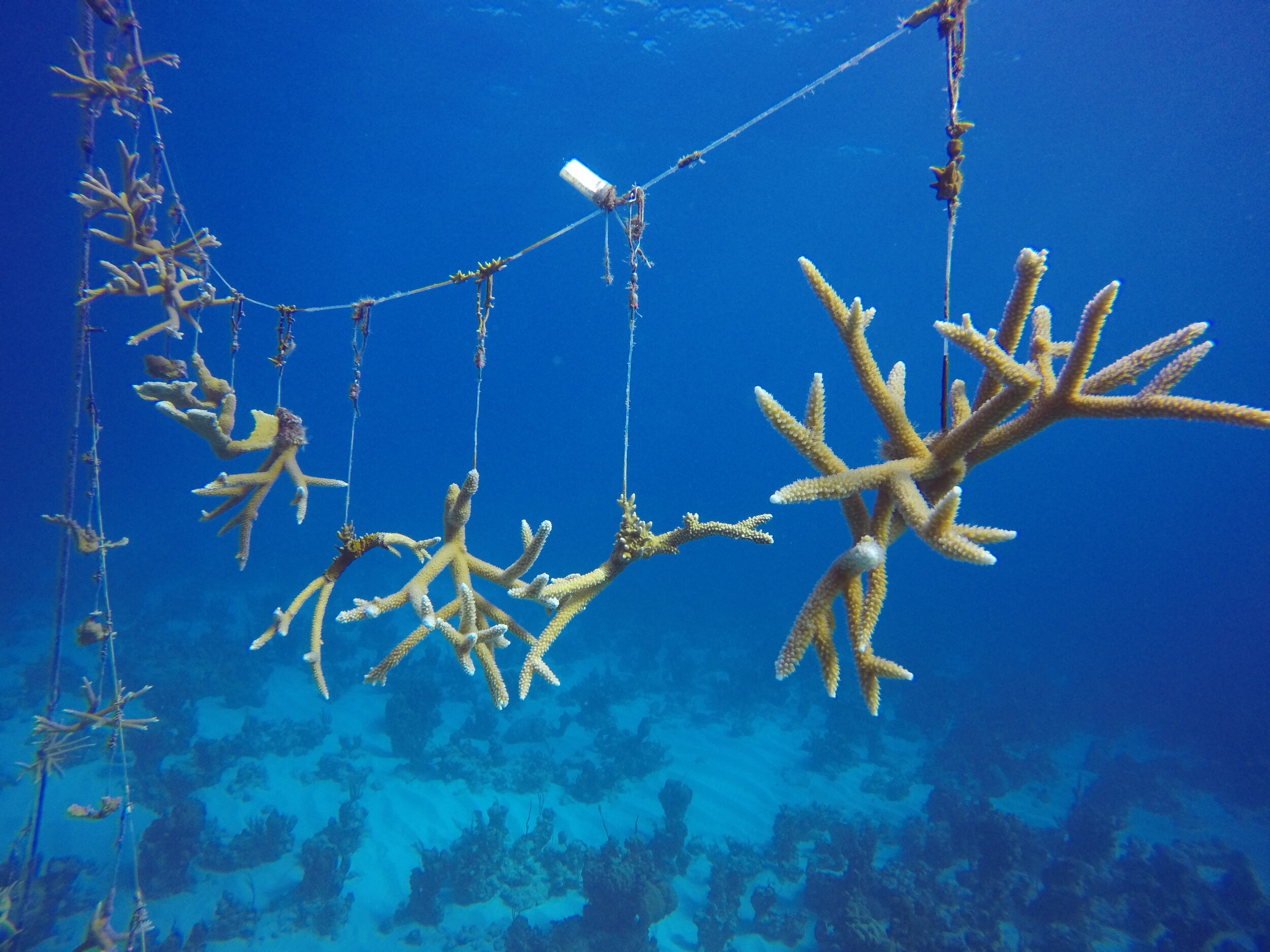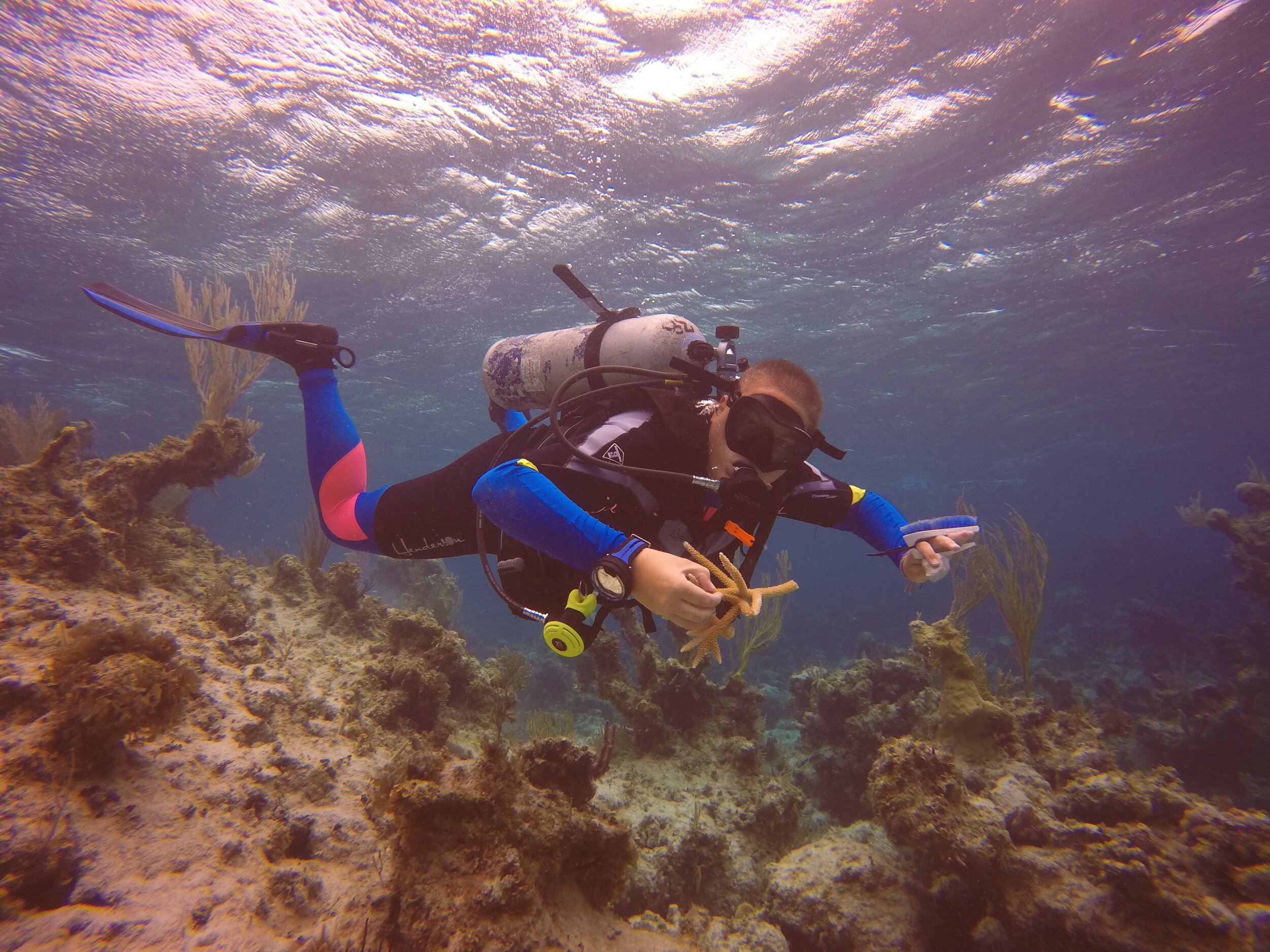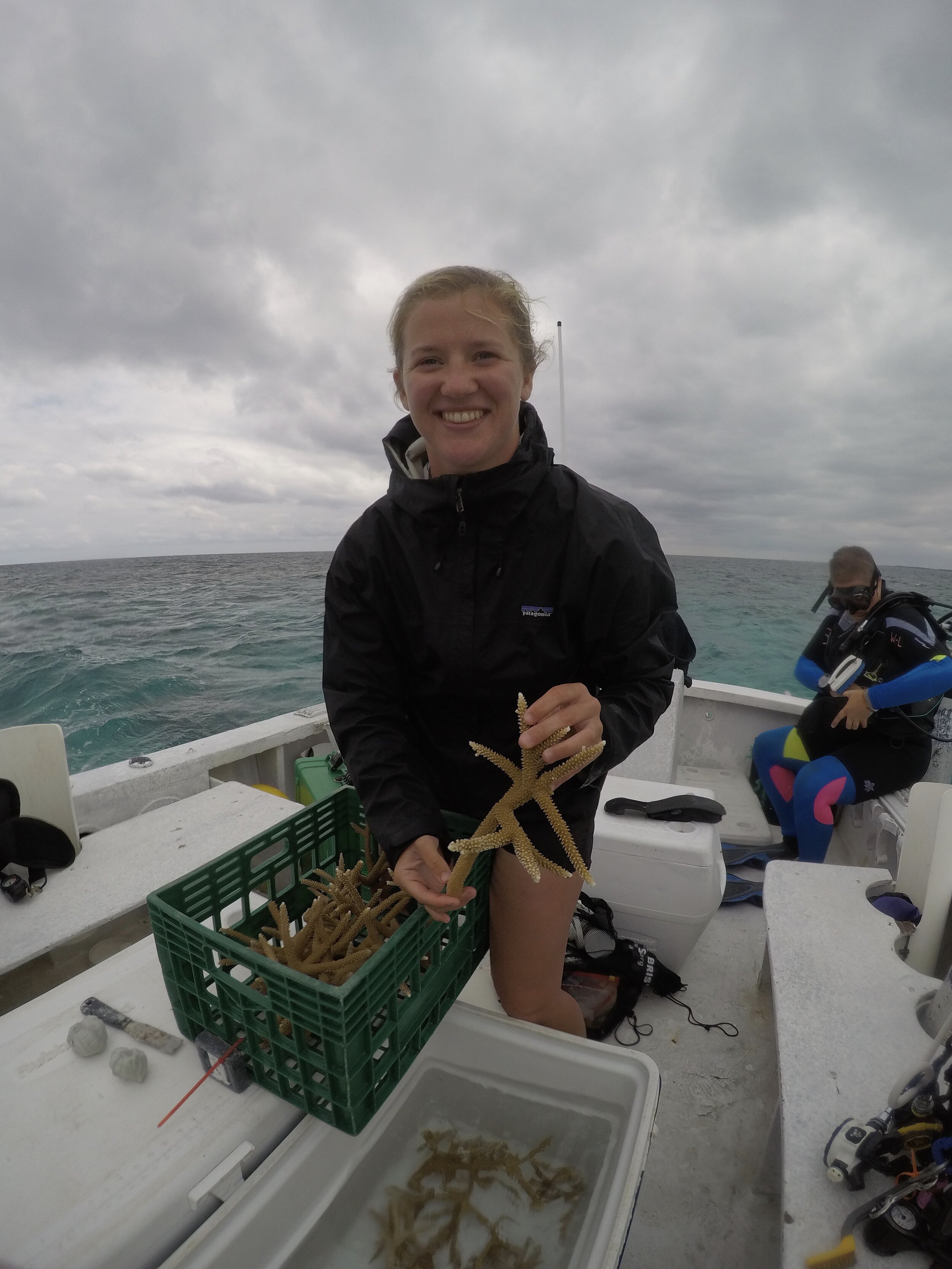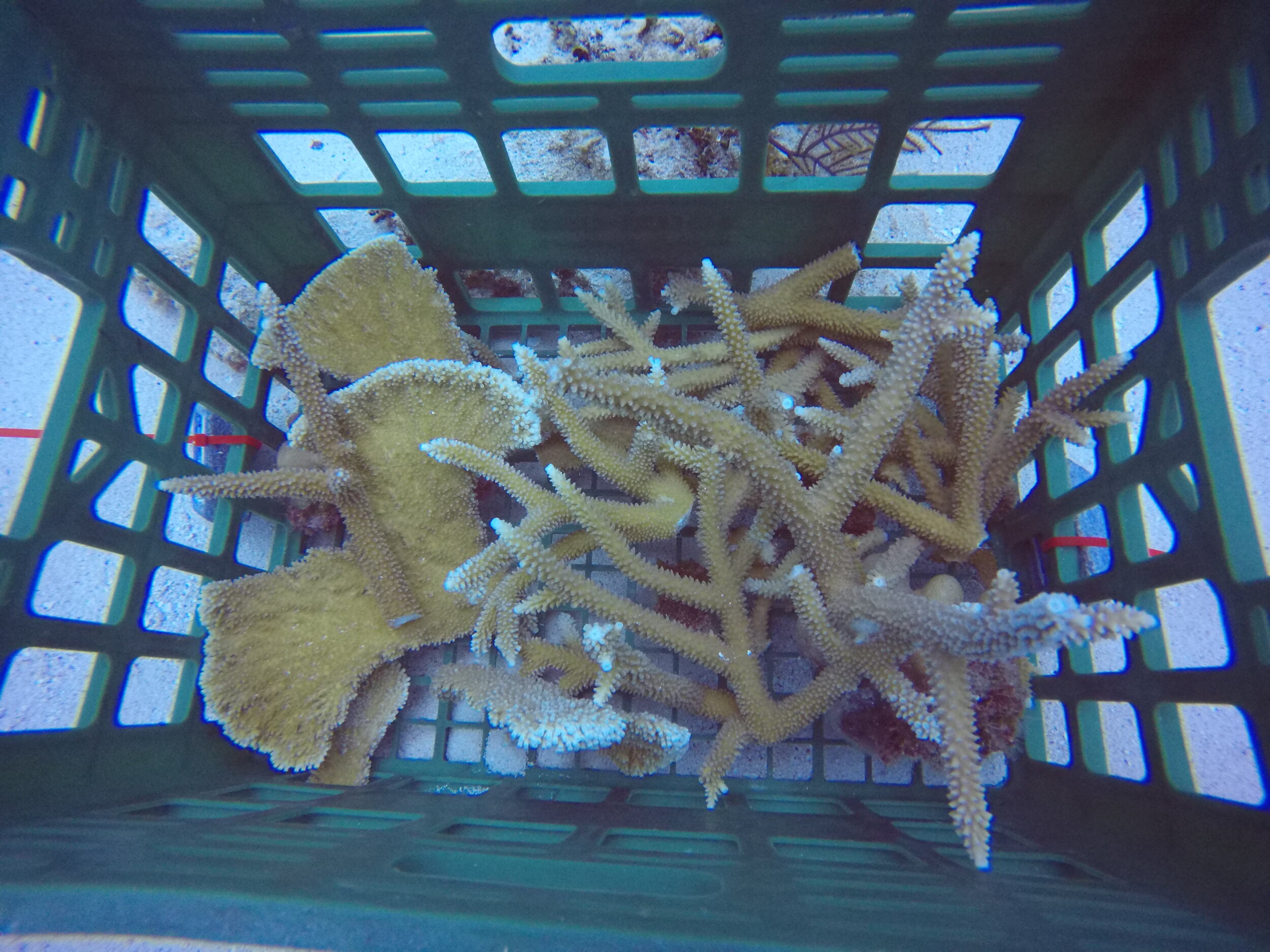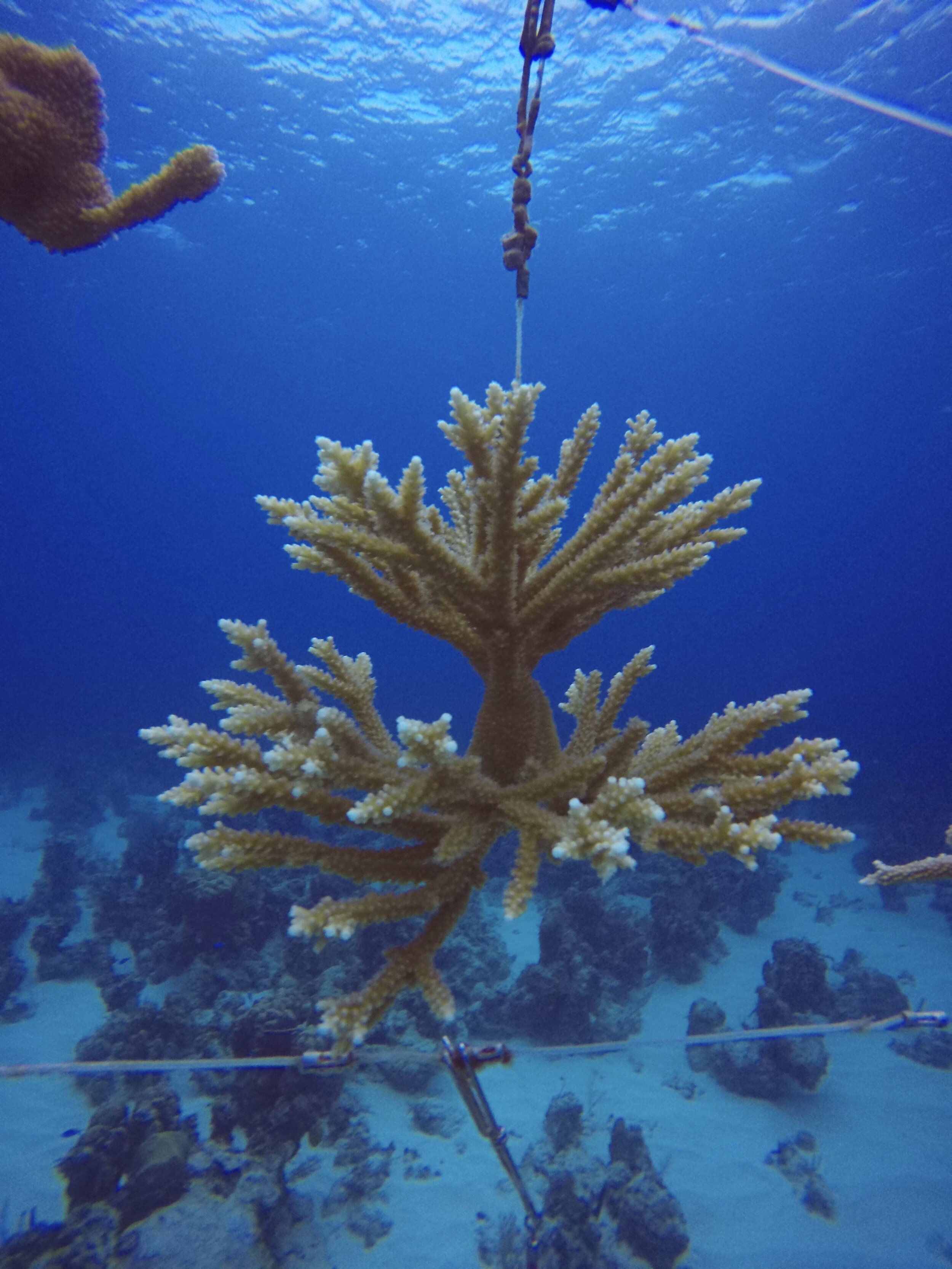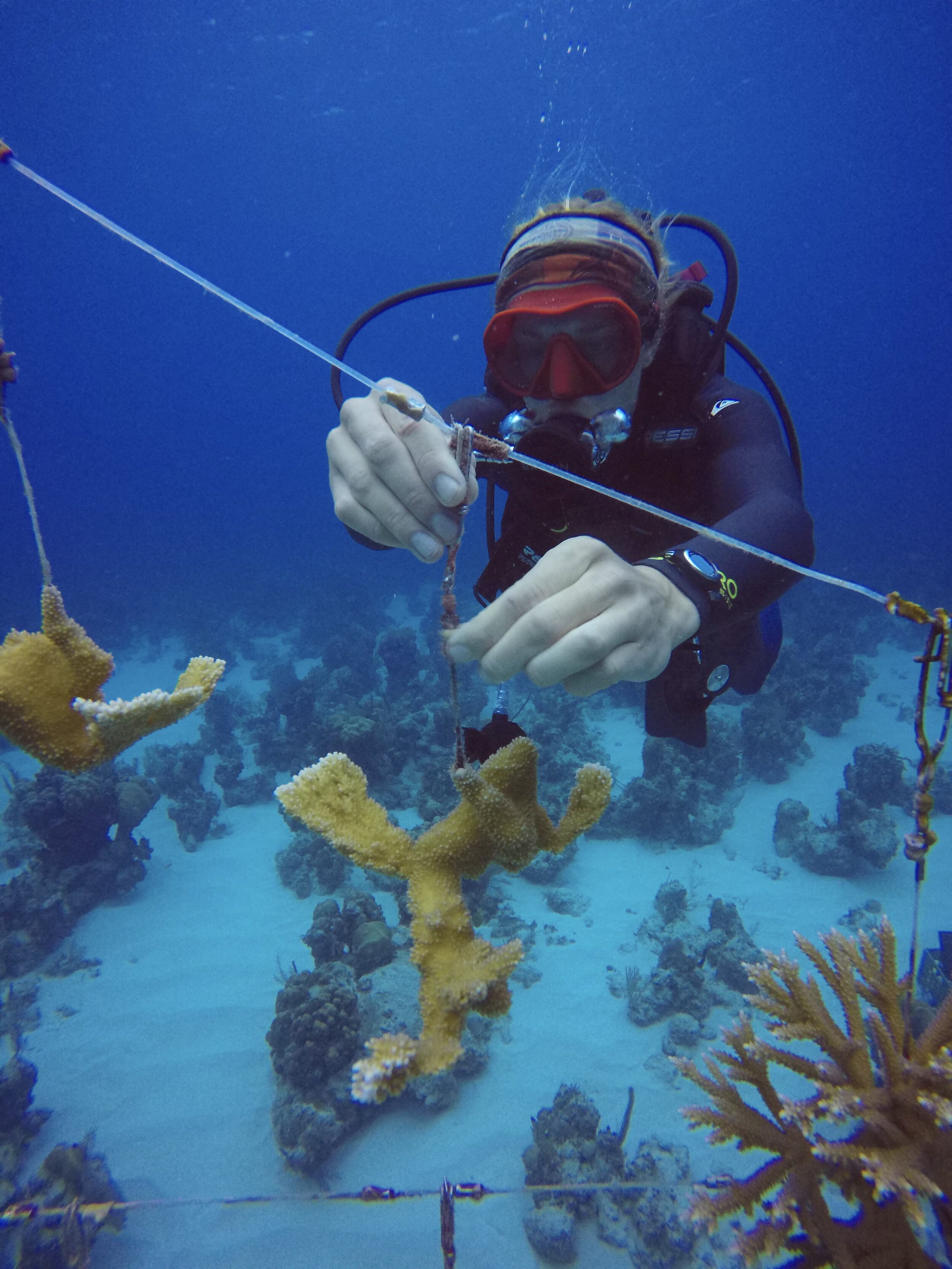Alumni Highlight: Krista Smilek
/Krista Smilek, Former Student and Staff of Forfar Field Station
When did you first visit Forfar Field Station?
I first visited Forfar on a 2 week course in December 2002 - January 2003 with Ohio University during my senior year of college.
How did your student visit impact your career plans?
I was a biology major with a concentration in marine science and was really excited to be there knowing IFS hired recent college grads at the time. I spent my trip talking with current staff about how to get hired as an intern and hearing about their experiences at Forfar.
What was the most memorable experience as a student?
It was my first time in The Bahamas and I absolutely loved it! I especially loved the people I met, the local staff, and had lots of favorites throughout the trip. My memories from being a student and staff sometimes merge together but I remember the boat trips were the big highlight during my first trip.
What advice would you give to students who are about to visit Forfar?
I would say to have an open mind about everything. Go into this experience knowing you’ll have new experiences you have never had before and they may challenge your thinking. Especially, take in everything during the visit to Red Bays.
What was your experience like during your internship year at Forfar?
I visited during my Spring Break for the “Applicant Week” where they tested our skills and interviewed us for the position. I then received a week of training in Nelsonville, Ohio at Hocking College before driving down to Florida with all the other interns. I loved my year on staff, especially anything with the boats and all the SCUBA diving. I had my Open Water certification when I started and earned my Dive Master while there. I loved diving at Rat Cay, sitting out on the veranda at night, and everything I learned living on Andros for a year. I still think about it a lot; I miss island time and would love to retire on Andros.
We had a few rare weeks where there were 160+ people at the station, at Shelia’s and elsewhere, and that experience taught me a lot. We would meet as a staff every morning and troubleshoot how to make each day work, then I would take the boat out with students and we always had a fantastic time. Most weeks were more calm with a group or two but even then I still learned skills I keep with me today.
How did your internship at Forfar influence your future career path?
Forfar helped me get into graduate school and helped me land my current job. I earned my Master’s in geology and now work as the Academic Director in the Department of Geology at University of Cincinnati in Ohio. In my interview, the department head saw my Forfar experience on my resume and asked about my ability to lead students on field studies. They also inquired about my lecture experience from Forfar. Those experiences helped me land cool perks in my current job of leading field trips every other year and teaching an annual summer course on natural hazards.
You mentioned meeting your husband at Forfar when you were both interns, could you share more about your story?
Dan and I officially met during training week before our intern year. Once we got to the island, we kept getting to know each other. It was interesting dating and working together but funny because we always requested to work different assignments so we could have space. As our time was coming to a close we started thinking “what happens next?” and ended up living together in Ohio. I was back at OU getting my Master’s while he finished undergrad. I defended my thesis, got a job at the University of Cincinnati, we moved to Cincy and the rest is history. We’ve been here 11 years now and have an 8 year old daughter, Samantha. Ideally, we will eventually live somewhere on the water again but for now we are avid travelers and spend lots of time camping.
When did you last visit Forfar?
I was able to return to Forfar for an Alumni Week during July 2016! It was amazing to see some of the local staff I worked with who are still there. It was nice realizing the charm and feel of Forfar has stayed the same over all these years. I hope to return with a student group in the future!
What else do you want to share about your time at Forfar?
I think the big thing is I loved it, still love it, and think about it a lot. One of my favorite things was waking up early and drinking coffee on the beach watching the sunrise. The sun bleached hair, the slow speed of life…man it was the life!
